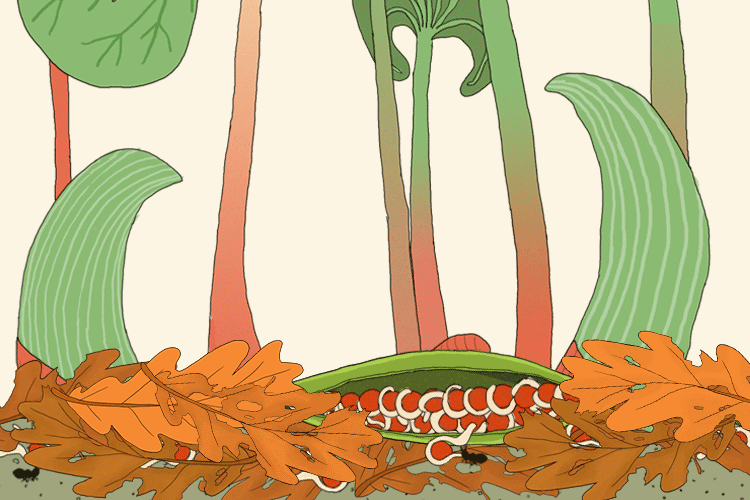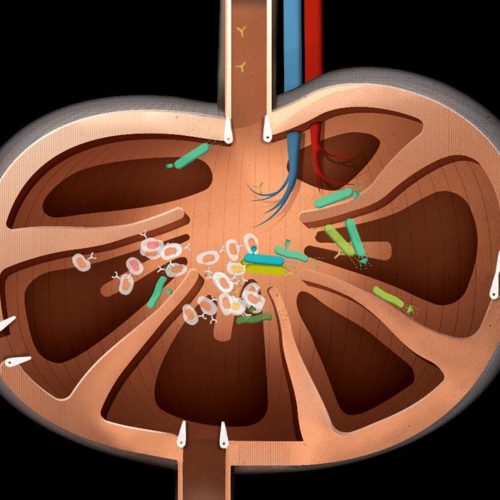Bonus curios: a friendship blooms between bloodroots & ants

Plants need to spread their seeds to reproduce. To get the job done on the forest floor, the bloodroot wildflower—which oozes toxic, blood-red sap—has a novel partner: ants. A bloodroot seed’s outer coat comes with a fleshy nub called an elaiosome, which attracts ants. Worker ants cart seeds back to their nest, gorge on the flesh, and pile the still-intact seeds in the colony’s “trash room,” aka rich dirt prime for new bloodroots come spring.
This process, in which ants eat and disperse seeds, even has a name. It’s a mouthful: myrmecochory, based on the Greek word for ants, myrmeco.
An interactive diorama of the earth’s biomes, Plants brims with secrets and surprises—we’ve even made a handbook of hints and fun facts for you and your kids. In these posts, we’ll peer into the sometimes-strange truths behind the worlds in our apps.
Plants need to spread their seeds to reproduce. To get the job done on the forest floor, the bloodroot wildflower—which oozes toxic, blood-red sap—has a novel partner: ants. A bloodroot seed’s outer coat comes with a fleshy nub called an elaiosome, which attracts ants. Worker ants cart seeds back to their nest, gorge on the flesh, and pile the still-intact seeds in the colony’s “trash room,” aka rich dirt prime for new bloodroots come spring.
This process, in which ants eat and disperse seeds, even has a name. It’s a mouthful: myrmecochory, based on the Greek word for ants, myrmeco.
An interactive diorama of the earth’s biomes, Plants brims with secrets and surprises—we’ve even made a handbook of hints and fun facts for you and your kids. In these posts, we’ll peer into the sometimes-strange truths behind the worlds in our apps.
